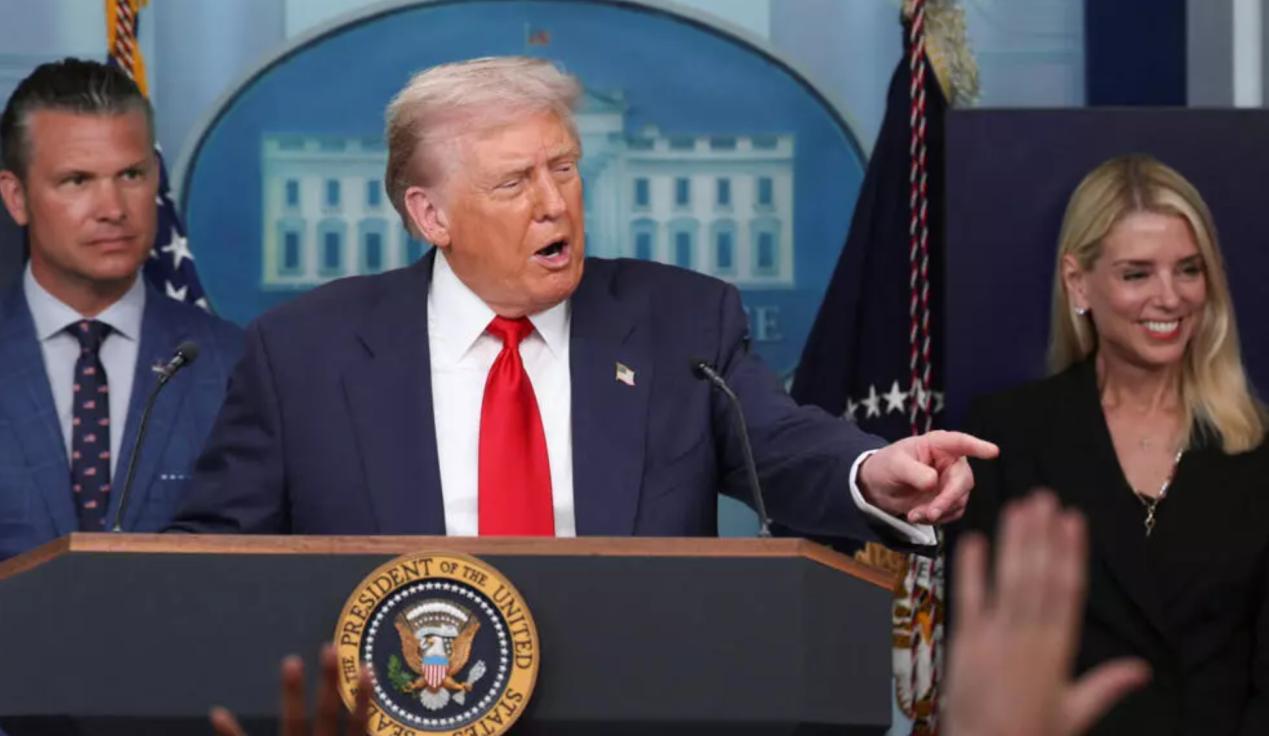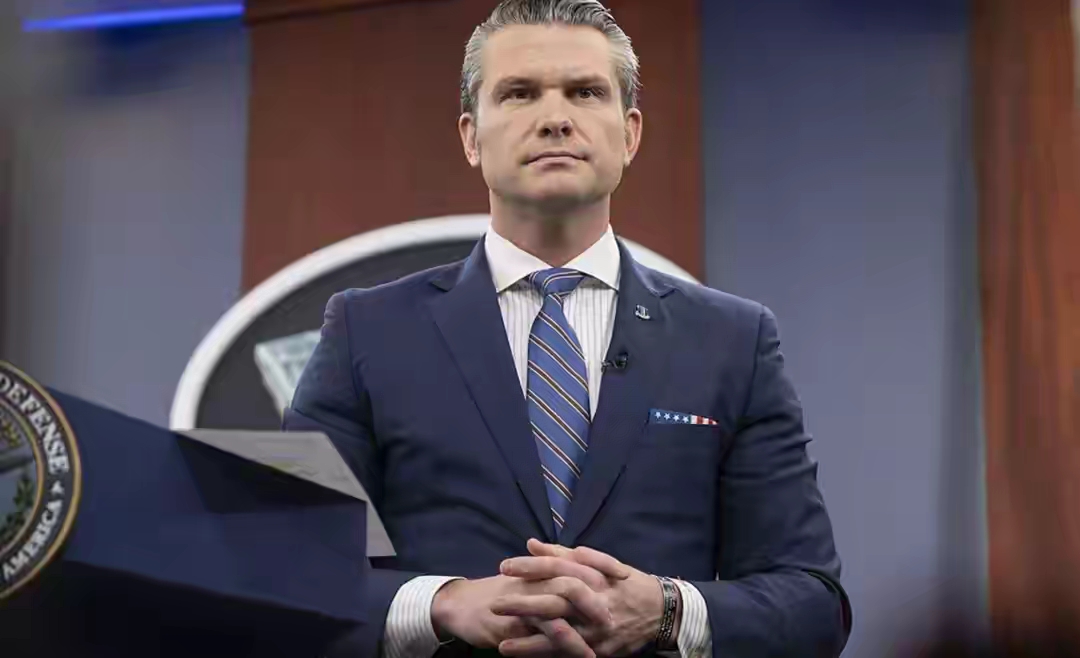
On August 11, 2025, US President Trump signed an executive order, announcing a 90-day extension of the suspension of tariffs on China. This decision came four months after his initial announcement of "reciprocal tariffs" policy in April. During this period, the US government has repeatedly adjusted its tariff policies, forming a cycle of "suspension - threat - suspension". This tariff battle not only concerns Sino-US bilateral trade but also profoundly affects the stability of the global industrial chain, financial markets, and the multilateral trading system.
I. Policy Fluctuations: From "Reciprocal Tariffs" to "Selective Suspension"
Trump's tariff policy has been highly uncertain since the beginning of 2025. On April 2, he announced the imposition of "reciprocal tariffs" on major trading partners worldwide, with rates dynamically adjusted based on each country's tariffs on the US, up to 100%. This move immediately triggered severe market turmoil. Facing strong opposition from domestic businesses and allies, Trump announced on April 9 a 90-day suspension of high tariffs on some countries but maintained a 10% "base tariff" and separately raised tariffs on China to 125%.
Since then, the US government has repeatedly extended the suspension period citing "negotiation progress". This "divide and conquer" strategy aims to force trading partners to make concessions in areas such as market access and intellectual property rights through the tariff lever.
II. Negotiation Deadlock: The 90-day "Report Card" Fails to Hide Substantial Breakthroughs
Although the Office of the US Trade Representative claimed to have reached preliminary agreements with the UK and Vietnam, the core negotiations have fallen far short of expectations. Take the EU as an example. Although both sides have discussed a "principled agreement", they have significant differences on key issues such as agricultural subsidies and digital taxes. EU Commission President Ursula von der Leyen explicitly stated that if the US insists on "America First" provisions, the EU will immediately impose retaliatory tariffs on US goods worth 120 billion US dollars. Allies such as Japan and South Korea have also taken a tough stance. South Korea's Ministry of Trade, Industry and Energy pointed out that a 25% tariff increase on South Korean goods by the US would cause annual losses of over 4 billion US dollars for companies like Samsung and Hyundai.
China has maintained strategic composure. A spokesperson for the Ministry of Commerce emphasized that dialogue should be conducted on the basis of "mutual respect and mutual benefit", and opposed politicizing trade issues. Data shows that in the first seven months of 2025, the trade volume between China and the US still reached 480 billion US dollars, an increase of 3.2% year-on-year, indicating that enterprises are avoiding tariff impacts through re-export trade and local production.
III. Economic Costs: Tariff Costs Passed On and Global Inflationary Pressures
A Goldman Sachs research report reveals that US companies have passed on 60% of the tariff costs to consumers, leading to a rebound in the US inflation rate to 3.8% in the second quarter of 2025, far exceeding the Federal Reserve's 2% target. The prices of bulk commodities such as automobiles and household appliances have risen by an average of 12%, increasing the expenditure burden on low-income families. At the same time, tariff uncertainties have severely curbed business investment: factory construction spending in the US has dropped by 8.3% year-on-year, and Mack Trucks has announced the layoff of 1,200 employees due to rising steel costs.
The global supply chain has also been severely damaged. A Deloitte survey shows that only 2% of British companies still consider the US an attractive investment destination, a 57-percentage-point drop from the end of 2024; foreign direct investment in the US fell by 5.2% in the second quarter, with funds accelerating their flow to alternative markets such as Southeast Asia and Mexico. The World Bank warns that if the trade war escalates fully, global GDP growth could slow by 1.2 percentage points in 2026.
IV. Future Outlook: Three Variables in the 90-Day "Observation Period"
This extension of the tariff suspension on China may provide the Trump administration with three observation windows: First, to assess the impact of trade policies on the election before the November presidential election, polls show that 63% of American voters oppose the imposition of tariffs; second, to test China's countermeasures in key technology areas, China has made it clear that it will "precisely target" US agricultural and energy exports; third, to reserve space for the Federal Reserve's September monetary policy meeting, if inflation drops due to the tariff suspension, the probability of a rate cut will increase significantly.
However, the fundamental contradiction remains unresolved. The US trade deficit is essentially a structural conflict between the international reserve currency status of the US dollar and the hollowing out of domestic industries, and the tariff tool cannot cure this chronic illness. IMF Managing Director Kristalina Georgieva has called on countries to resolve differences through multilateral mechanisms such as WTO reform rather than "harming each other with tariffs".
In this four-month tariff tug-of-war, the Trump administration may have temporarily gained negotiating leverage, but it has lost the trust of the global market and the long-term competitiveness of the US economy. When faced with a choice again in 90 days, history may prove that win-win cooperation is far wiser than zero-sum games.

Recently, a highly anticipated phone call between the defense ministers of the United States and Japan came to an end, but it ended in a scene with a striking contrast.
Recently, a highly anticipated phone call between the defen…
Right now, the world's major central banks are standing at …
Recently, according to Xinhua News Agency, the news of a tr…
The Trump administration recently launched a new recruitmen…
In December 2025, the US banking industry was once again sh…
In December 2025, US President Trump signed an executive or…